Barbary lion / Atlas lion (Panthera leo leo)
Is Barbary lion became extinct?
Depending on the classification, the Barbary lion is considered to be a completely extinct subspecies, or extinct in the wild. In the past, it inhabited the Atlas Mountains, from Morocco to Tunisia. The last observed individual was shot in Maghreb (north-western Africa) in 1942. The lion was described for the first time by an Austrian zoologist Johann Nepomuk Meyer, who classed it as Felis leo barbaricus, because the subspecies was found in Barbary (Maghreb countries).
Classification
- Family: Felidae
- Genus: Panthera
- Species: Panthera leo
- Subspecies: Panthera leo leo
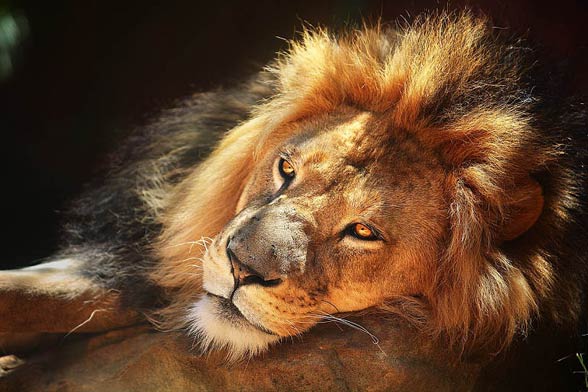
Characteristics
Size
On the basis of museum specimens, it can be concluded, that this lion was characterized by a very long, dark mane, stretching from the arms to the stomach. The average body length of male lions was 2.35 – 2.8 m (7ft 9in – 9ft 2in) and females 2.5 m (8ft 2in), although some hunters described males with the body length of about 3.25 m (10.7 ft), from which 75 cm (30 in) was the tail length. The weight of these wild lions varied between 270 – 300 kg (600 to 660 lb), but these estimations are nowadays considered to be exaggerated.
Mane
Over time, when the belongingness to a given subspecies or species started to be determined on the basis of genetic studies, not only the appearance, it was shown, that the color and size of a lion’s mane was dependent from the ambient temperature, level of testosterone in blood, and amount of accessible food. Therefore, it is possible that the Atlas lion had long mane to protect itself from the temperature in that mountain range.
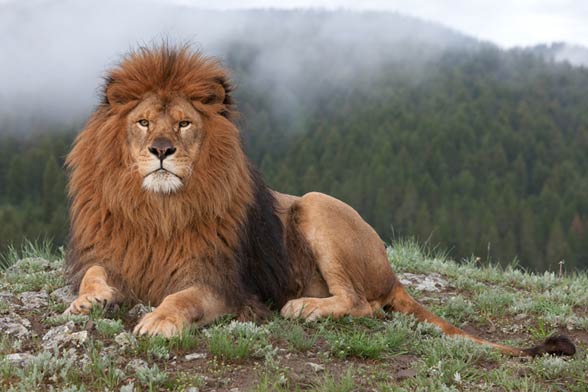
Decrease of population
Sir William Jardine noticed that already in 1834 the lions were eliminated from the coasts of Maghreb, when human settlements started to emerge. In Algeria, the lions inhabited forests surrounded by mountains, Taza National Park, and the Chelif River. Many individuals also inhabited the forests and forested hills of the Constantine Province, to the west of Tunisia and south of the Aurès Mountains.
In the middle of 19th century, the population started to decrease though. But until 1884, the cedar forests of the Khenchela Province and surrounding mountains sheltered these great lions. The last survived individuals from Tunisia were wiped out in 1890, and in 1970s they were completely eliminated in their natural environment, although the last representative of the subspecies is believed to have died in 1942.
During the fifties, the lions were seen in Morocco and Algeria, it is also suspected that small populations survived until the sixties.
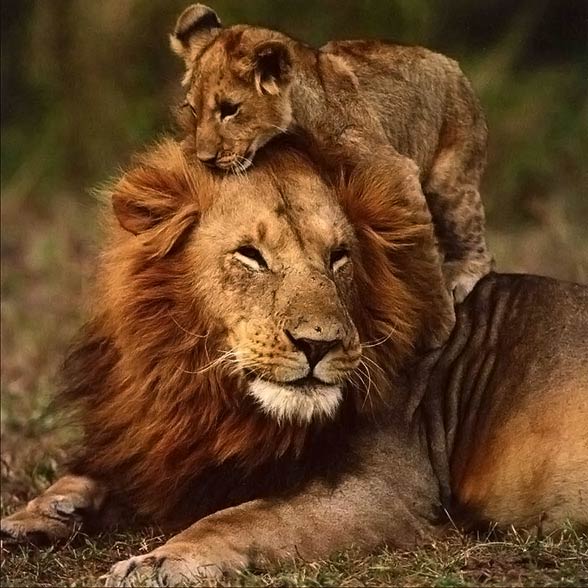
Fights with gladiators
In captivity, the lions were used for centuries – they fought with gladiators in the Roman Colosseum. In the Middle Ages, they were kept as part of menagerie of the Tower of London (the skulls found there are dated 1280 – 1385 and 1420 – 1480). Moreover, these lions were also used as a form of a gift for the royal families of Morocco and Ethiopia.
It is possible, that a few modern-day “royal lions” have genes and physical features of the Barbary lions. Between 19th and 20th century, they were kept in hotels and circus menageries. The individuals from the Tower of London were moved to the London Zoo in 1835, at the behest of the Duke of Wellington; one of the lions was named Sultan. The Emperor of Ethiopia – Haile Selassie I – had his own collection of Barbary lions, that were kept in the Addis Ababa Zoo.
Although the species was classed as extinct in the wild, we won’t see it in captivity. However, it can be assumed, that some individuals from circuses and zoos had the genes of Barbary lions. But genetic tests are required to prove it.

The Barbary Lion Project
Attempt to recreate the population of Barbary lions
After years of research, WildLink International along with Oxford University, started an ambitious, international project – Barbary Lion Project. Oxford University used the latest methods of DNA tests to identify the DNA “finger print” of Barbary lions. Researchers took bone samples of the individuals from museums across the whole Europe (Brussels, Paris, Turin and others). These samples were used to create a DNA sequence that allowed to identify Barbary lions as a separate subspecies.
Researchers managed to select 5 lions around the world with a genome close to the DNA of Barbary lions. These lions were to be used to recreate the subspecies. Unfortunately, there was only one female, that died from cancer in 2007, which buried the chances to complete the goal and recreate this subspecies…
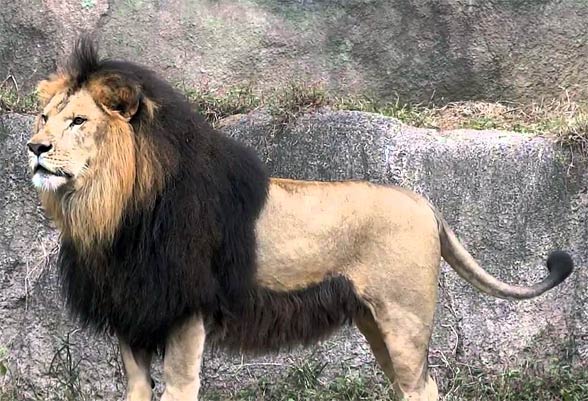
Detailed information and size
Barbary lion / Atlas lion (Panthera leo leo)
- Body length: 2.35-2.8 m (7ft 9in – 9ft 2in); reports from 19th century speak about a lion with the body length of 3.25 m (10.7 ft), with a 75 cm (30 in) tail; females reached up to 2.5 m (8ft 2in)
- Height at shoulders: to 110 cm (3ft 7in)
- Weight: 270-300 kg (600 to 660 lb) – this information hasn’t been proved, because the individuals that were supposed to be Barbary lions were too small to be considered the largest subspecies of the lion)
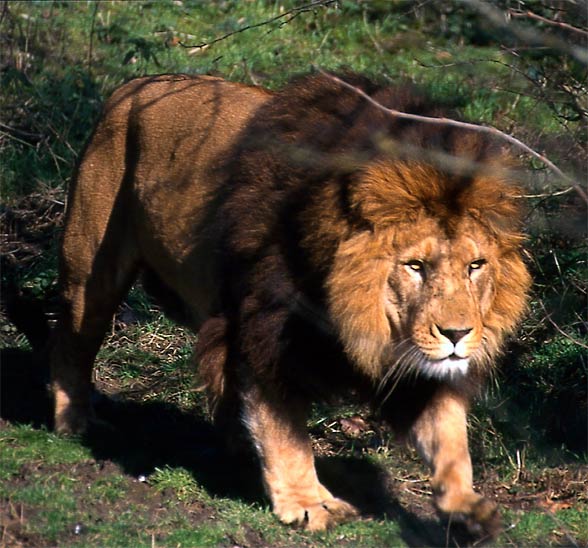


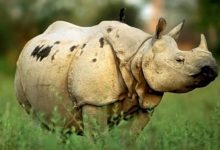

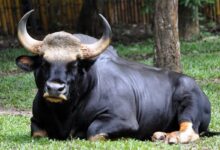







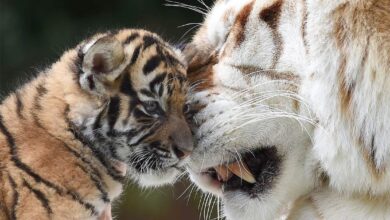

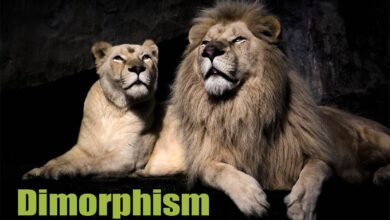


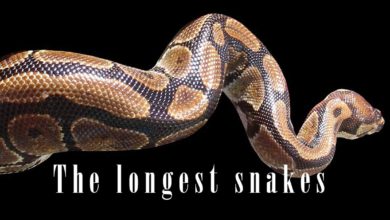

No deberian dejar de insistir en la reconstitucion genetica de la subespecie, el hombre debe demostrar su capacidad de regenerar los daños ocacionados devolviendo una especie de la extincion.
Maybe I will translate your comment into English:
“They should not stop insisting on the genetic constitution of the subspecies, the man must demonstrate his capacity to regenerate the damages caused by returning a kind of extinction.”